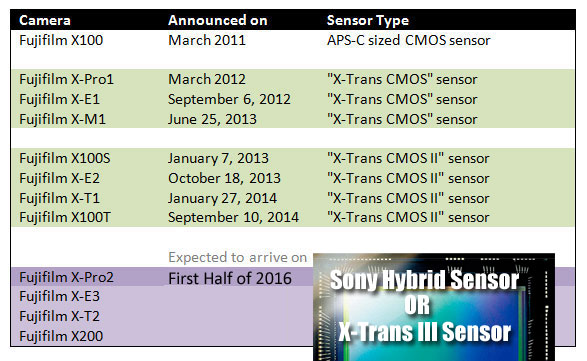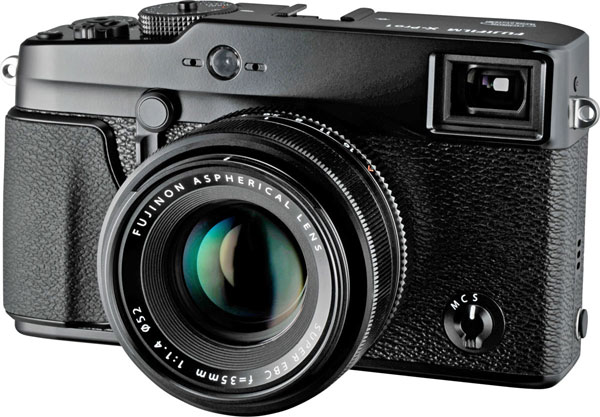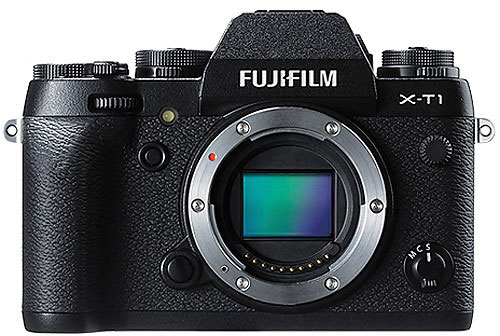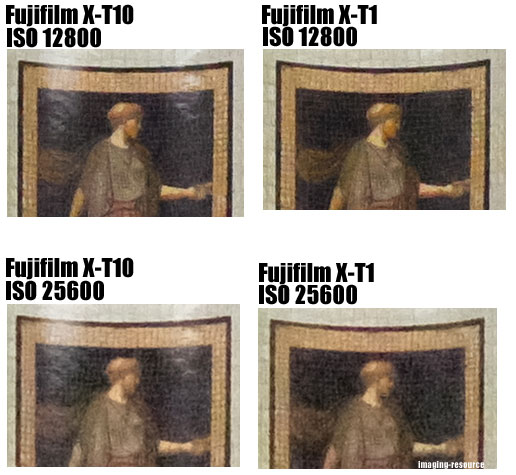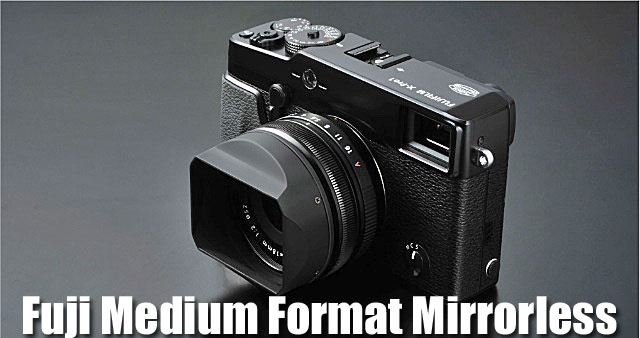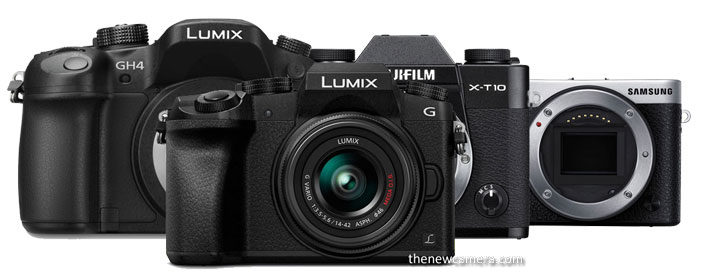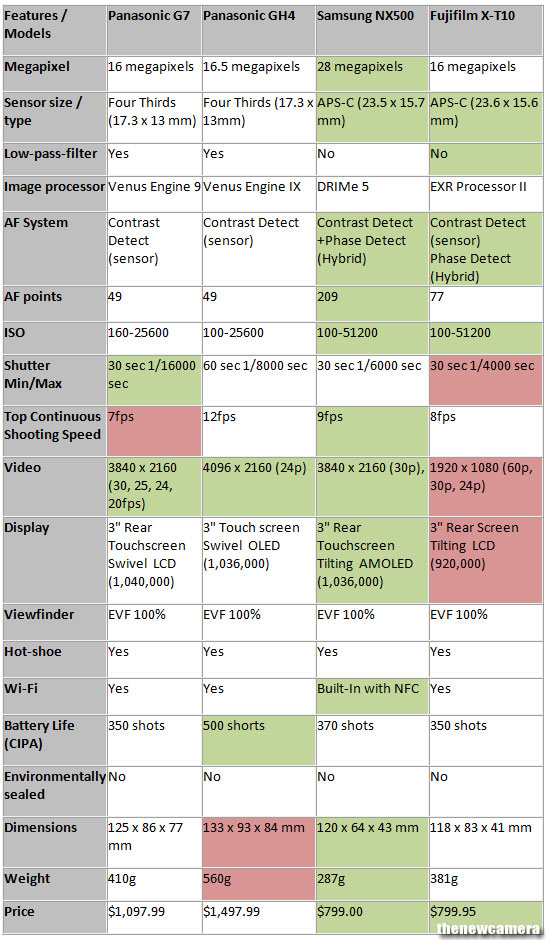Users alert – the Fujifilm XF 90mm F2 R LM WR Lens is now in stock and shipping, you can now pre-order your lens at B&H and Amazon.
|
|||||
|
On March, 2012 the first X-Trans sensor based camera was announced., its name was X-Pro 1, after that X-E1 and X-M1 was also announced having the same 1st gen X-Trans same sensor as of X-Pro1. On January 7, 2013 Fuji introduced a 2nd generation of X-Trans sensor.. but this time they have selected X100S camera for the introduction of X-Trans II… after that Fuji announced X-E2, X-T1, X100T and X-10 (on May 18th, 2015 ) by having the same sensor. But unfortunately from 2013 Fuji is stucked at X-Trans II and they are unable to bring any new professional camera like X-Pro 2, X-E3 or X-T2..
According to latest rumors surfaced over the Fujirumor website, Fuji will use the same sensor as of unannounced Sony A7000 camera in its upcoming X-Pro2,.. May be the news is correct since they are unable bring new version of X-Trans sensor from 2013. However Fuji X-Pro 2 announcement bit delayed again due to the issues of A7000 camera (overheating of the sensor while recording 4K) , so if Sony announces its camera in next few months (possibly in September), than Fuji camera will be released the first half of 2016 about six months after the A7000 announcement STAY WITH ON FACEBOOK | TWITTER | GOOGLE+ to get live news + Fuji rumors 24X7 Take a look at the text below said by Fuji managers / Takashi Ueno, they don’t believe that Fullframe sensor are better than APS-C Sensor camera…
share your thoughts with us…. click here to see the full interview here
Now the company Fujfiilm USA has decided to release the firmware update of Fujifilm X-T1 on 29th June, 2015. Hence the users can download the firmware from the mentioned date.
Also see – Fuji Working on Medium Camera STAY WITH ON FACEBOOK | TWITTER | GOOGLE+ to get live news + Fuji rumors 24X7 According to latest rumors Fuji is working on Medium format camera and they may announce it in near future, but keep in mind that its a rumor only since on December 26th, 2014 Fuji representatives said to DCWATCH website that [see here]
May be Fuji wants to create a confusion in the market until the product is ready for launch, we will update you soon as we get any new information.
UpdatedThe U-turn – According to a article published over here (on Jan 20, 2016 @ 05:11) Fuji hinted that they are interested in developing medium format system camera. Take a look at the part of interview Takashi Ueno senior product planner for the Fujifilm X Series and a Hasselblad Master has personally confirmed the R&D of Fuji medium format camera in an interview
So just cross your fingers and wait for development announcement, Photokina 2016 may the best place to announce new products by Fujifilm. STAY WITH ON FACEBOOK | TWITTER | GOOGLE+ to get live news + Fuji rumors 24X7 src – FR.com
The Panasonic G7 is just announced by the Panasonic, G7 is a entry level mirrorless camera with 4K video recording, the camera not only records 4K video but also captures 16 Megapixel Still from a 4/3 sensor. However if we look at all the camera below in the table we can clearly see that the Samsung NX500 is a complete technology breakthrough if we compare its price with features… Sensor – Panasonic cameras get a early defeat due to the small sensor size used inside the camera, now only two camera left with big sensor,.. the NX500 and X-T10. As we know that bigger sensor captures more light, other major factor is number of pixels vs sensor size… if the pixel density is high than each pixels will get small fraction of light compared to sensor with larger pixels, the fujifilm X-T10 sensor is of same size as of the Samsung NX500 and due to less resolution the pixels are big and will capture more light compared to the Samsung NX500… hence FUji X-T10 will give you better low light performance compared to the Samsung NX 500. Advance AF system inside the Samsung and Fuji – Samsung NX500 and Fuji X-T10 both camera based on advance Hybrid CMOS AF sensor technology, 1. NX500 features a dense network of 209 active phase AF points inside the sensor.. not only that thanks to the ultra fast image processor the camera can do shoot 9frames per second @ 28 Megapixels…
2. X-T10 features X-trans sensor that also feature 77 active phase AF points inside the sensor… and captures
3. The Panasonic uses traditional contrast based Auto focus system.. but thanks to the new DFD system the AF system do work very well under any light condition…
High ISO Performance As we have said earlier … The camera sensor size is very important when low-light performance matters, the bigger the sensor will capture more low-light compared to the smaller ones… Panasonic G7 and Panasonic GH4 sensor size is limited (17.13mm) and the ISO range is limited upto 25600, on the other hand the Samsung NX500 and Fujifilm XT-10 both features APS-C sensor and ISO range upto 51200. Despite of having such a High ISO range we won’t get better performance from Samsung NX500 since the size of the pixels are smaller compared to the X-T1 camera… so if you are a low light lover you mist go with the X-T10 camera. Shutter: Both Panasonic G7 and GH4 features electronic and mechanical shutter..The widest shutter range is of Panasonic G7. Both camera have silent shutter feature inside, when you select silent shutter mode the cameras work in silent mode without making a noise. Samsung NX500 and Fuji X-T10 also have electronic and mechanical shutter, but no silent shutter option available in the Samsung NX500 as of Panasic GH4 and G7. Video: Out of all these 4 mirrorless camera three of them shoot 4K videos, the Fuji X-T10 is only limited to Full HD video. The Panasonic G7 records 4 K videos internally and G7 supports 4K UHD (3840 x 2160) video with either 30p or 24p frames rates at 100Mbps in the MP4 format. The DMC-GH4 brings the GH-line into the 4K age by offering both 16:9 UHD 4K 3840×2160 video at 23.98p, 24p or 29.97p, and 17:9 DCI (Digital Cinema Initiatives) 4K 4096×2160 videos at 24p. Samsung NX500 can record 4K video @ 24p, Ultra-HD, at 30p, as well as in full HD up to 60p. Fuji X-T10 supports Full HD 1080p video recording is supported up to 60 fps,No 4K available. Display: The Samsung NX500 features 180° tilt capability of the 3.0″ 1036k-dot touchscreen AMOLED monitor one of the best display available in the market. Both Panasonic cameras also features better display unit but Fuji X-T10 screen is bit inferior to all. Connectivity: The Most advance camera in terms of connectivity is Samsung NX500, the camera can share the files wirelessly with any device and you can use any NFC enabled device to control you camera from distance. The Panasonic G7 also features built-in Wi-Fi connectivity for wirelessly sharing images and remotely controlling the camera from a linked mobile device using the Panasonic Image App. Verdict (Price vs. Features)If we compare list of features available vs price of the camera than Samsung NX500 is a clear winner, the camera features a super resolution HYBRID CMOS AF sensor, no optical low pass filter and ultra high speed image processor can capture 28 MP still shots @ 9 frames per second, the samsung NX500 mirrorless is smallest among all and easy to carry, we highly recommend you to go with the Samsung NX500 camera. |
|||||
|
New Camera Website, we list all type of new camera information, price review and all type camera rumors, subscribe us or follow us via twitter or facebook. 187 queries. 0.106 seconds. |
|||||

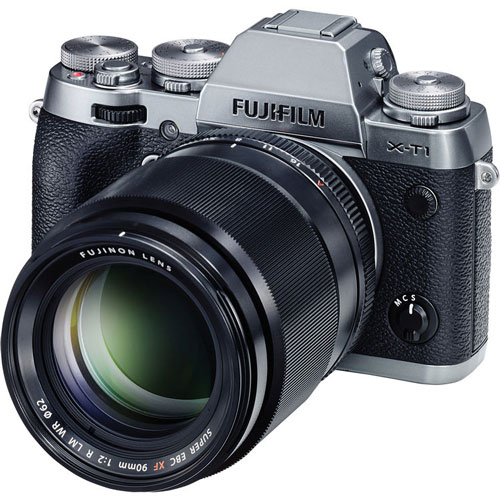
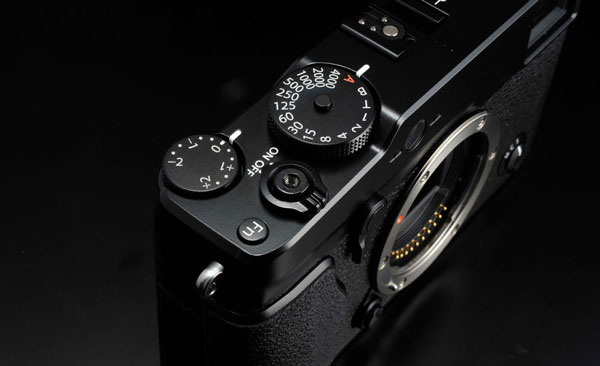 First take a look at the reason behind the delay of X-pro2, X-E3 and X-T2…
First take a look at the reason behind the delay of X-pro2, X-E3 and X-T2…